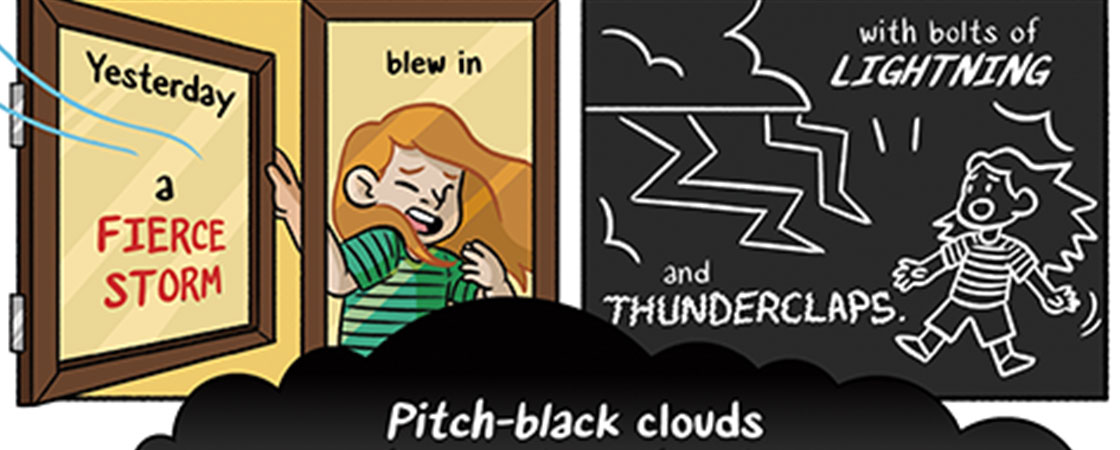Yesterday a FIERCE STORM blew in
with bolts of LIGHTNING
and THUNDERCLAPS
Pitch black clouds
hovered overhead,
and it poured all day long.
Today I feel sunny
with gentle clouds and no breezes at all.
I'm learning to take my inner weather report—
and notice my feelings
as they come and go.

